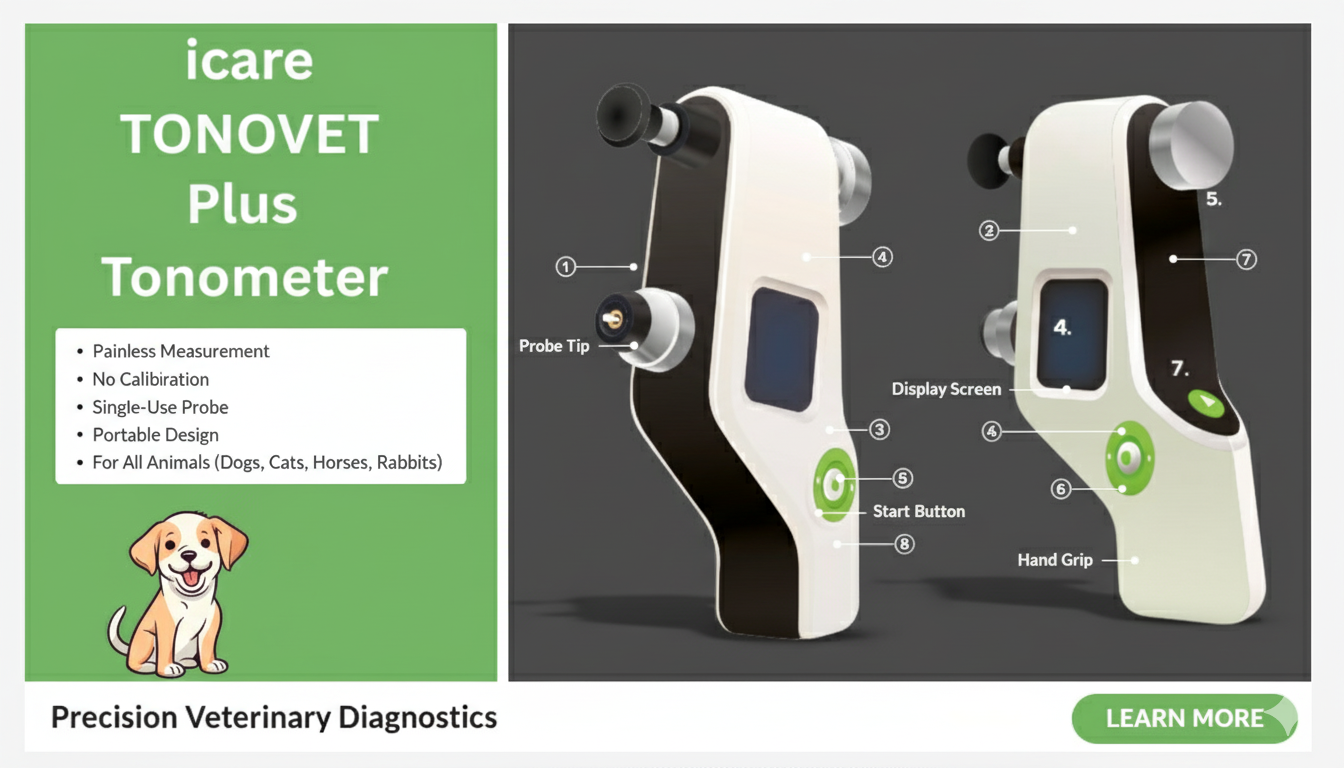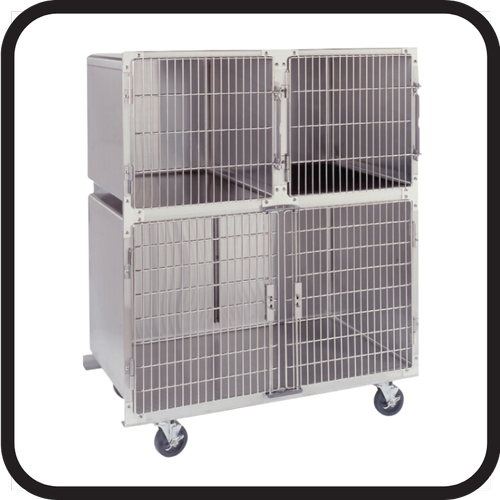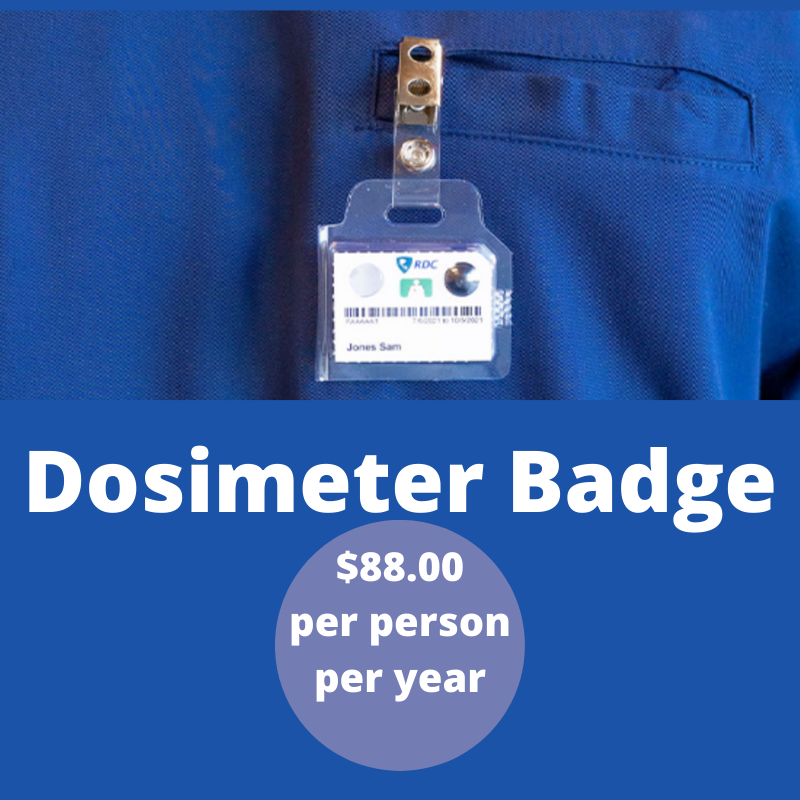Beefhide Vs Rawhide: Are They the Same for Your Pet?
/Table of Contents
If you’re a dog owner, you’ve probably seen both Beefhide and rawhide when looking for dog chews at the pet store. What’s the difference between the two? Is there any difference at all?
Beefhide and rawhide are not exactly the same. Beefhide is made from the inner hide of cows only, while rawhide is a more generic hide that comes from any cleft-footed bovine.
Now, that may seem like a pretty small distinction, and it is. Beefhide and rawhide may come from different sources, but are they really that different when it comes to the practical uses for your dog? What are the benefits and dangers of giving your dog rawhide and Beefhide chews, and can you make them any safer? Keep reading to find out.
Is Beefhide the Same as Rawhide?
The only difference between Beefhide and rawhide is the source animal that each one is made from. With that in mind, let’s take a closer look at what each type of hide is, exactly.
Beefhide Is From Cows Only
Beefhide could be called a specialized or specific type of rawhide. It may be considered premium quality or may be advertised as being better for dogs because it is made only from cows. In the U.S., Beefhide is generally made from corn-fed cows that were raised somewhere within U.S. borders.
The main benefit of using Beefhide over rawhide is that you know what you are getting. Beefhide manufacturers often make a point of being transparent about where their beef came from and sometimes even how it was raised. For this reason, many dog owners may feel more confident giving their dog Beefhide instead of rawhide.
Rawhide Can Come from Any Hoofed Mammal
Rawhide is the generic term for dog chews made from the hides of animals. Usually, the hide of bovine animals such as cows, goats, and buffalo are used, but hides may also come from other sources as well, including horses and pigs.
Rawhide labels are not always open about where their rawhide came from or what animal was used to make it. Pet owners are rarely provided information on the quality or processing of the rawhide.
Are Rawhide and Beef hide Chews Good for Your Dog?
Both rawhide and Beefhide chews are popular among both dog owners and their dogs. But if you’ve never done the research before, you may be wondering if these types of chews are good for your dogs. What are the benefits of rawhide and Beefhide chews?
Rawhide and Beefhide Have Dental Benefits
Chewing on rawhide and beefhide helps remove plaque, strengthen and whiten teeth, and toughen gums. Getting rid of the buildup inside a dog’s mouth can lower the chances of developing infections like gingivitis and periodontitis, which in turn can save your dog from losing their teeth.
Keeping your dog’s mouth clean is also essential to helping them avoid other health problems. Internal infections, as well as kidney and heart disease, can all get their start in the mouth if good dental hygiene isn’t maintained.
Rawhide and beefhide are also good for teething puppies. Being able to chew on something hard will put pressure on their gums, relieving the pain of new teeth coming in.
Rawhide and Beefhide Keep Chewing Tendencies Under Control
We all know that dogs love to chew on things. It’s in their nature. So, if you don’t have a designated chew toy or two to keep your pup happy, they will satisfy their need by chewing on shoes, children’s toys, or furniture.
Having rawhide or beefhide around will limit and may completely prevent your dog from chewing on things they shouldn’t. Not only will it be a distraction from shoes and other things throughout your home, but the tasty, meaty flavor of the hide will keep your dog coming back to it every time they need to chew.
Rawhide and Beefhide Keep Dogs Entertained
Chewing on rawhide and beefhide will provide an outlet for your dog’s boredom and keep them entertained for hours each day. The activity of chewing will keep them mentally stimulated so that they enjoy using the chew and are less likely to go looking for trouble elsewhere in the house.
Remember, most dogs need plenty of things to do by themselves when you’re gone at work all day. Having something to chew on may calm them if they are experiencing separation anxiety, and it will allow them to pass the hours in an enjoyable way until you get home.
Rawhide VS Beefhide: Which One is Better?
So, between rawhide and beef hide, which type of chew should you choose? Which one is better for your dog?
The short answer is: it depends.
In general, beefhide is thought to be better because you usually know where it’s coming from, whereas with rawhide, you may not even know what animal was used for making it. That said, not all beef hide and rawhide are created equally. You may find a product labeled as “rawhide” that is fully transparent about where the rawhide came from.
It’s also important to consider whether there are any added ingredients. Most beef hide and rawhide have flavorings added to enhance the natural meaty taste, and some of these flavorings may not be good for your pet.
Because labeling requirements aren’t the same for treats as they are for regular food, you may have no way of knowing what flavorings and additives may have been added to the hide.
The best thing you can do is look for rawhide and beefhide with honest labeling.
Phrases such as “preservative-free” and “no artificial colors or flavors” should give you some indication that this particular selection of rawhide or beefhide is of a higher quality than the rest.
Are There Any Dangers of Giving Your Dog Rawhide and Beefhide?
We’ve talked about what rawhide and beefhide are as well as some of the benefits of using them for your dog to chew on. But what about the drawbacks of using them?
You may have heard that rawhide and beefhide chews are dangerous for your dog. But why? What are the dangers involved with giving your dog beef or rawhide chews?
They are a Choking Hazard
Rawhide and beefhide chews break down into smaller, softer bits over time. If your dog is a heavy chewer, he may break off much larger pieces and attempt to swallow them. These chunks of hard animal hide may easily become lodged in the dog’s esophagus, causing them to choke.
Of course, a choking even is an emergency and may be life threatening. If your dog is choking, and you can’t remove the obstruction yourself, you’ll want to get him to the vet immediately. Which, of course, may not be possible if the dog begins choking while you’re away from home.
Less aggressive chewers are far less likely to break off pieces of rawhide large enough to choke on, but it would be a good idea to observe your dog’s particular chewing style before leaving him alone with the rawhide. Pay attention to how aggressively he chews it and whether or not he’s able to break off any pieces.
If your dog’s a heavy chewer, it’s best to only let him have rawhide or beefhide when you’re around to supervise him.
Remove any large chunks that he bites off before he has a chance to swallow them.
They May Get Stuck in Your Dog’s Teeth
Though rawhide and beefhide chews are generally good for dogs’ oral health, they don’t come without their own set of drawbacks in this regard. As the dog chews the hide and softens it up, bits of it may start to stick to his teeth or become lodged in between teeth. This can cause pain and inflammation in the gums and throughout the mouth.
Again, this is more of a problem with aggressive chewers.
If your dog experiences dental problems caused by rawhide or beefhide, you may need to take them to the vet for a thorough mouth cleaning. Depending on whether the gum inflammation turns into an infection, the vet may prescribe medication to help heal the dog’s mouth.
They May Cause Internal Blockages
Most rawhide and beefhide chews are not easily digestible. Over time, even less aggressive chewers will start to break down the hide into small bits, which will probably end up getting swallowed before you notice them or have a chance to remove them.
While these small bits will probably not cause your dog to choke, they may sit in his digestive system for weeks, if not months.
As more and more bits get chewed up and swallowed, they may congeal into a sort of indigestible mass in your dog’s stomach or intestines. This mass may begin to block the free and natural movement of other things through the digestive system.
If your dog shows signs of an internal blockage, such as fewer bowel movements, lethargy, and loss of appetite, get him to a vet immediately.
Can You Make Rawhide and Beefhide Chews Safer for Your Dog?
Obviously, the dangers of rawhide present a real concern for dog owners. You may be worried about giving your dog rawhide or beefhide given the potential problems that may arise.
But is there any way to make these tasty chews safer for your dog? What guidelines can you follow to avoid running into problems?
Let’s look at some top safety tips for giving your dog rawhide and beefhide chews.
Give Your Dog an Appropriately Sized Chew
Beefhide and rawhide chews come in different sizes appropriate for different breeds of dog. In general, the label should indicate what breeds and sizes a particular chew is appropriate for. However, if you’re not sure, talk to your vet before giving a chew to your dog.
The chew should be large enough that the dog can’t fit it into his mouth. That means not only giving him the proper size to begin with, but also monitoring for when he needs a replacement chew. If the original chew has been gnawed down to where your dog could fit the whole thing in his mouth, it’s time to give him a new one.
Replace Softened or Dirty Chews
If your dog’s favorite chew has become soft and pliable, it will be easy for him to break off and swallow pieces of it. Not only that, chews that have been softened with a dog’s saliva are a breeding ground for bacteria, which may cause mouth infections in your dog.
The same is true if the chew has become coated in dust, dirt, and other grime, which, by the way, is more likely to happen if the chew is soft and moist. Keeping these out of your dog’s mouth can potentially save you a whole slew of health risks and hazards.
Wash the Chew First
Washing a beefhide or rawhide chew may diminish the amount of some of the chemicals and additives the hide was treated with during the production process. In addition, washing it may remove any decay that the hide may have undergone during its long journey to the pet store shelf.
For that matter, it also wouldn’t hurt to wash it between each use to remove your dog’s saliva and any bacteria.
To wash a rawhide or beefhide chew, simply run it under cold water for a minute or two, making sure the entire surface gets thoroughly rinsed. Allow it to air-dry.
Use Beefhide in Moderation
As much as your dog may love the taste of rawhide, it is not a part of his diet as it is not meant to be eaten and has no nutritional value. As such, there is no need to give your dog access to his favorite chew all day, every day.
Instead, give the chew as a treat for a limited amount of time every few days, or whenever it’s convenient for you to keep an eye on him while he’s chewing on it.
Supervise Your Dog When They Have Rawhide Chews
Always supervise your dog while he’s chewing on his beefhide or rawhide treat. That way, you’ll be able to tell immediately if he begins choking, and hopefully you’ll be able to prevent any choking hazards in the first place.
Remove any chunks of hide that the dog may bite off and take the chew away from him if it’s becoming too soft. Monitor him closely for any signs that he may be ingesting pieces of the hide and take it away if he is destroying it too easily and eating bits of it.
What are Some Good Alternatives to Rawhide and Beefhide?
You need something for your dog to chew on, but you’re concerned about the risks involved with rawhide and beefhide. Are there any safer alternatives that you could use?
Actually, there’s quite a few tasty chewables that your dog will love and that don’t pose choking hazards or other health risks. Let’s take a closer look at a few of these alternatives:
Edible Dental Chews
A word of caution: there are a lot of different kinds of dental chews for dogs on the market, and some are better than others. You’ll want to do your research before buying any dental chews.
Some of the best dental chews are made of potato starch, which is completely digestible and will not harm your dog. Plus, you’ll get all the benefits of rawhide for cleaning teeth without any of the drawbacks.
As with rawhide, getting the right size chew for your dog is important. It is possible that heavy chewers will be able to break off bites and swallow them, so choking cannot be ruled out. Monitor your dog when he’s using a dental chew to see how aggressive he’s going to be with it.
Bully Sticks
Bully sticks are made from beef pizzles and usually come without added ingredients and chemicals. They are fully digestible, all-natural, and don’t present much of a choking hazard because of their size and shape. Most dogs love them.
The only real downsides of bully sticks are that they tend to have a strong odor, and they can get expensive if your dog goes through a lot of them in a relatively short time period.
Carrots Are a Good Rawhide Alternative
Yep, you read that right. Carrots are full of nutrients and, of course, are easily digested. Many dogs enjoy the flavor. On top of that, carrots are generally inexpensive.
Of course, one carrot won’t last very long even against less aggressive chewers, and they could prevent a small choking hazard if your dog bites off and tries to swallow large chunks. That said, they’ll make for a nutritious and digestible rawhide alternative anytime you’re around to supervise your pup.
Final Thoughts
Beefhide and rawhide are both popular for dogs, and there are some benefits to using both. Beefhide is generally a little better than rawhide because you can know exactly what animal it came from.
That said, both beefhide and rawhide can present some risks to your dog. You can avoid these risks by using some healthier alternatives, such as bully sticks and carrots. If you still plan to use beefhide or rawhide, that’s okay too--as long as you take precautions to make sure your dog stays safe while chewing.




















